Taro Eichler
Instantaneous directional channel measurements at 14 GHz and 160 GHz via a virtual circular array
Feb 12, 2025Abstract:In this paper a novel frequency-scalable rotary platform design is introduced which allows for flexible directional channel measurements using different types of antennas, and which can also be used with frequency extenders for measurements up to the THz region. The measurement platform has been applied to measure the channel properties including the direction of arrival at the FR3 frequency 14 GHz and in the D-band at 160 GHz in a large hall indoor environment with LOS distances up to 40 m. The results show very good agreement of strong path components for both frequencies as well as interesting dependencies of delay spread, angular spread, and Ricean K- factor on distance and frequency and can be used to parameterize a path loss model.
Little or no equalization is needed in energy-efficient sub-THz mobile access
Oct 11, 2022
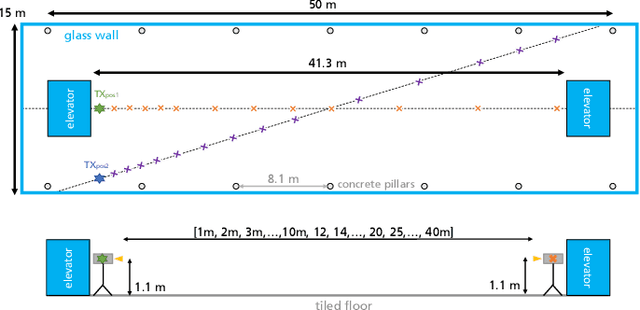
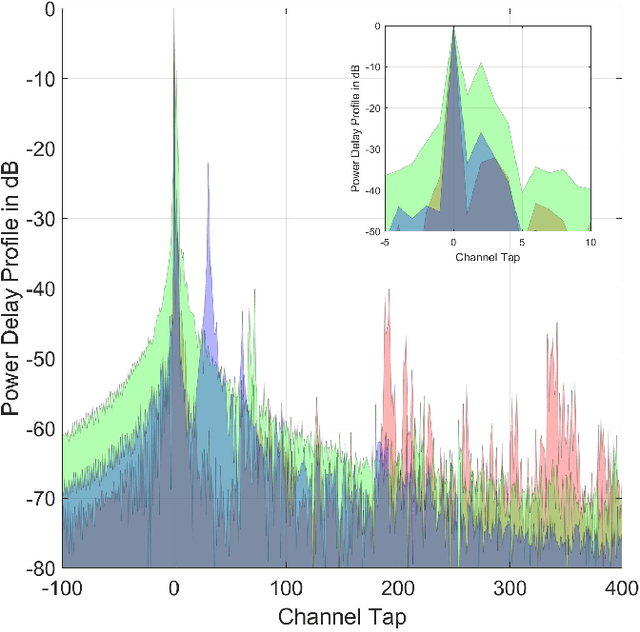
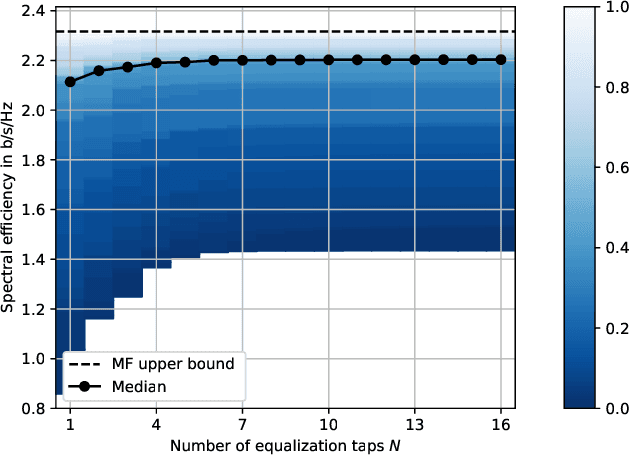
Abstract:By trading coverage and hardware complexity for abundance of spectrum, sub-THz mobile access networks are expected to operate under highly directive and relatively spectrally inefficient transmission regimes, while still offering enormous capacity gains over current sub-6GHz alternatives. Building on this assumption, and supported by extensive indoor directional channel measurements at 160 GHz, this study advocates the use of very simple modulation and equalization techniques for sub-THz mobile access. Specifically, we demonstrate that, under the aforementioned transmission regimes, little or no equalization is needed for scoring significant capacity gain targets. In particular, we show that single-carrier or low-number-of-subcarriers modulations are very attractive competitors to the dramatically more complex and energy inefficient traditional multi-carrier designs.
Sub-THz Channel Measurements at 158 GHz and 300 GHz in a Street Canyon Environment
Mar 02, 2022
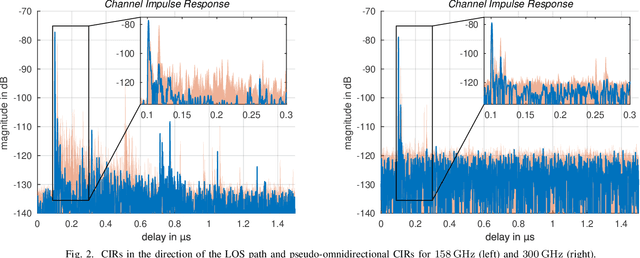
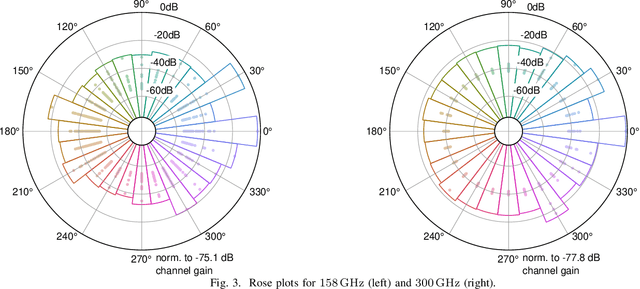
Abstract:This paper presents first results of a channel measurement campaign performed in an urban micro (UMi) street canyon scenario at 158 GHz and 300 GHz.
Observations on the Angular Statistics of the Indoor Sub-THz Radio Channel at 158 GHz
Mar 02, 2022
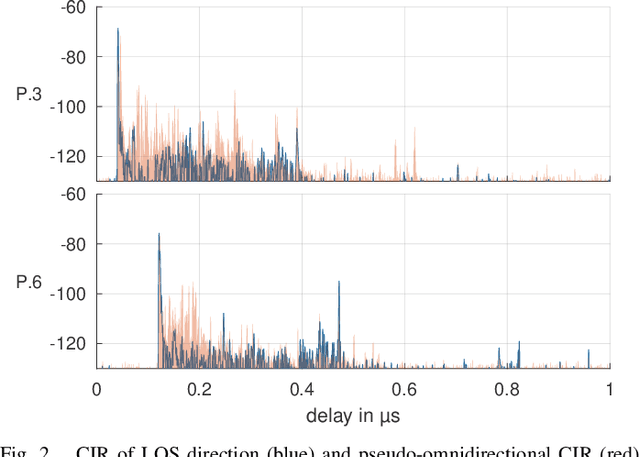
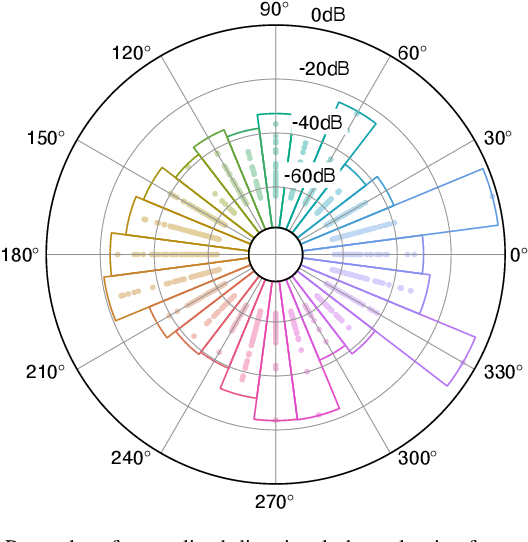
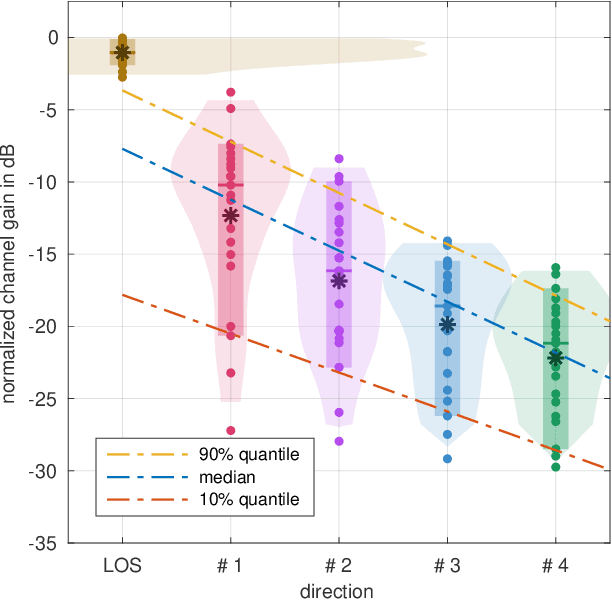
Abstract:This paper presents selected results from a channel measurement campaign conducted in a shopping mall scenario at 158 GHz. The focus is on the statistical analysis of the collected measurement data in terms of directional channel gain. Although most power is received from the line-of-sight (LOS) direction, significant multipaths arrive from all measured azimuth directions. The median of the sorted directional channel gain can be approximated by a linear curve showing an offset of about 10 dB with respect to the LOS direction.
 Add to Chrome
Add to Chrome Add to Firefox
Add to Firefox Add to Edge
Add to Edge